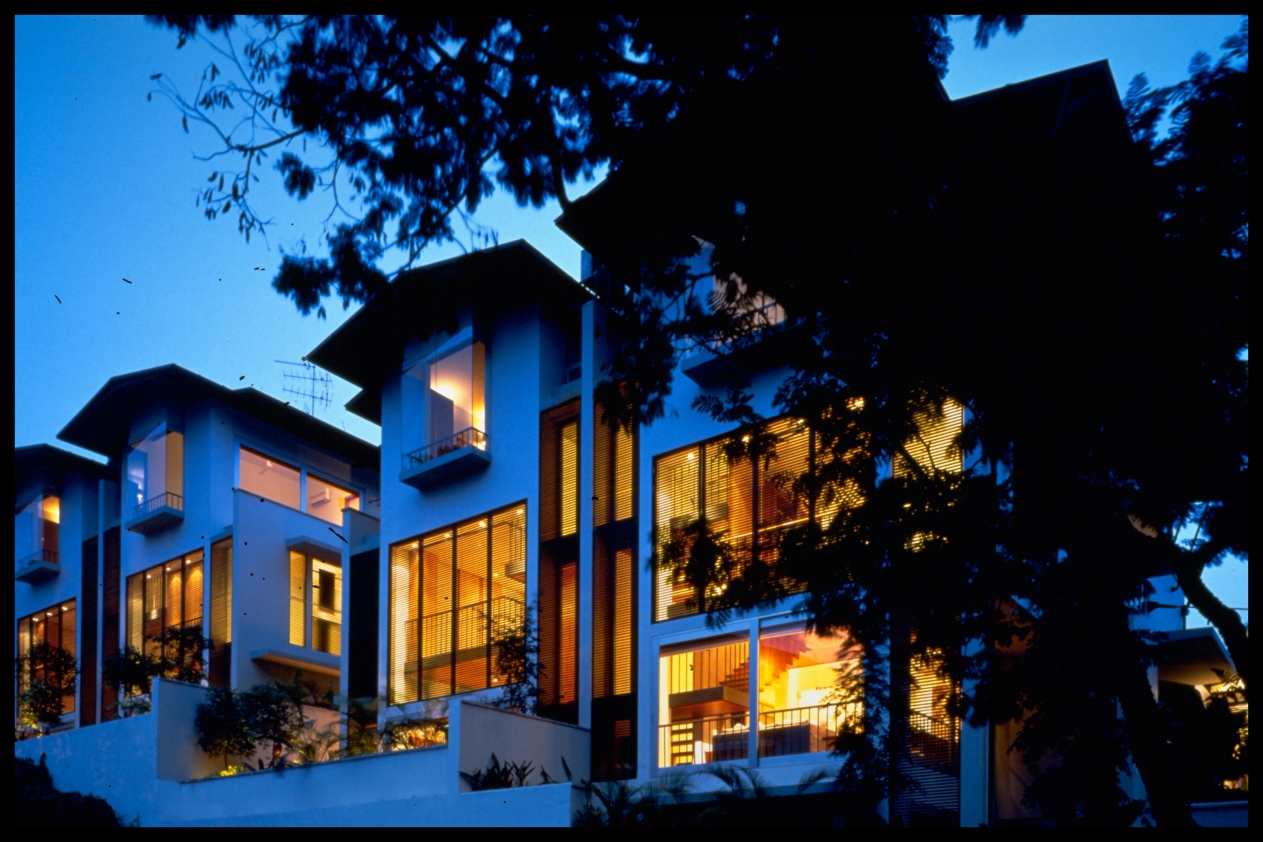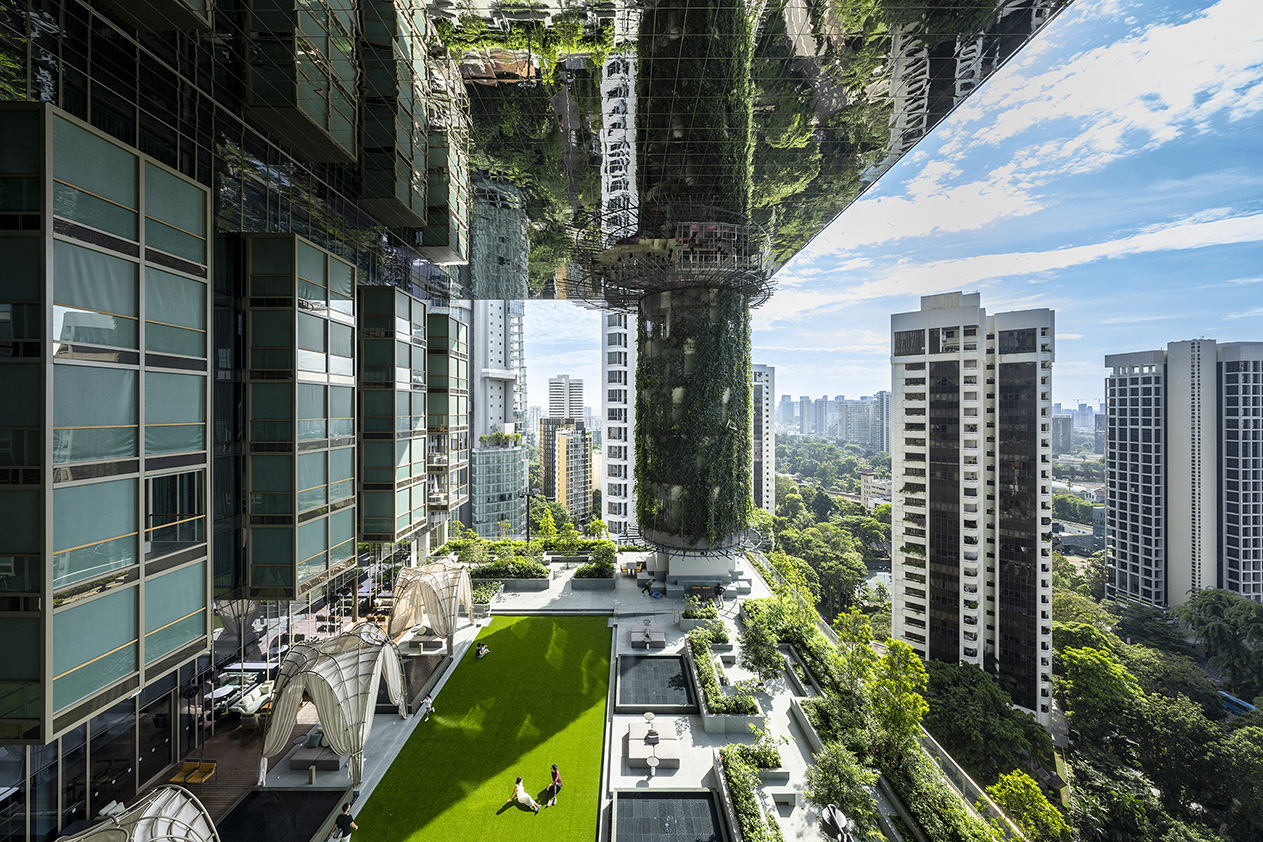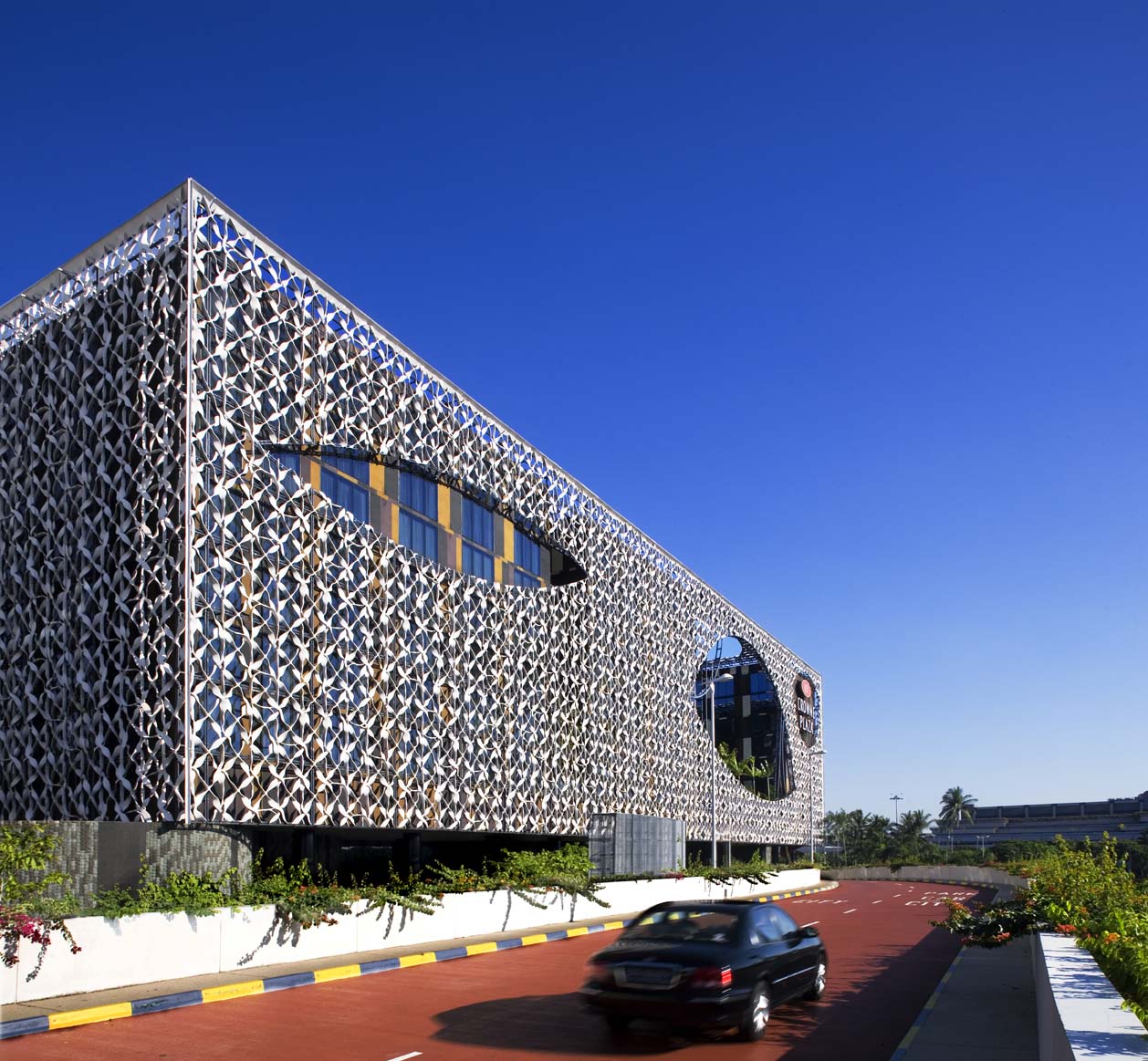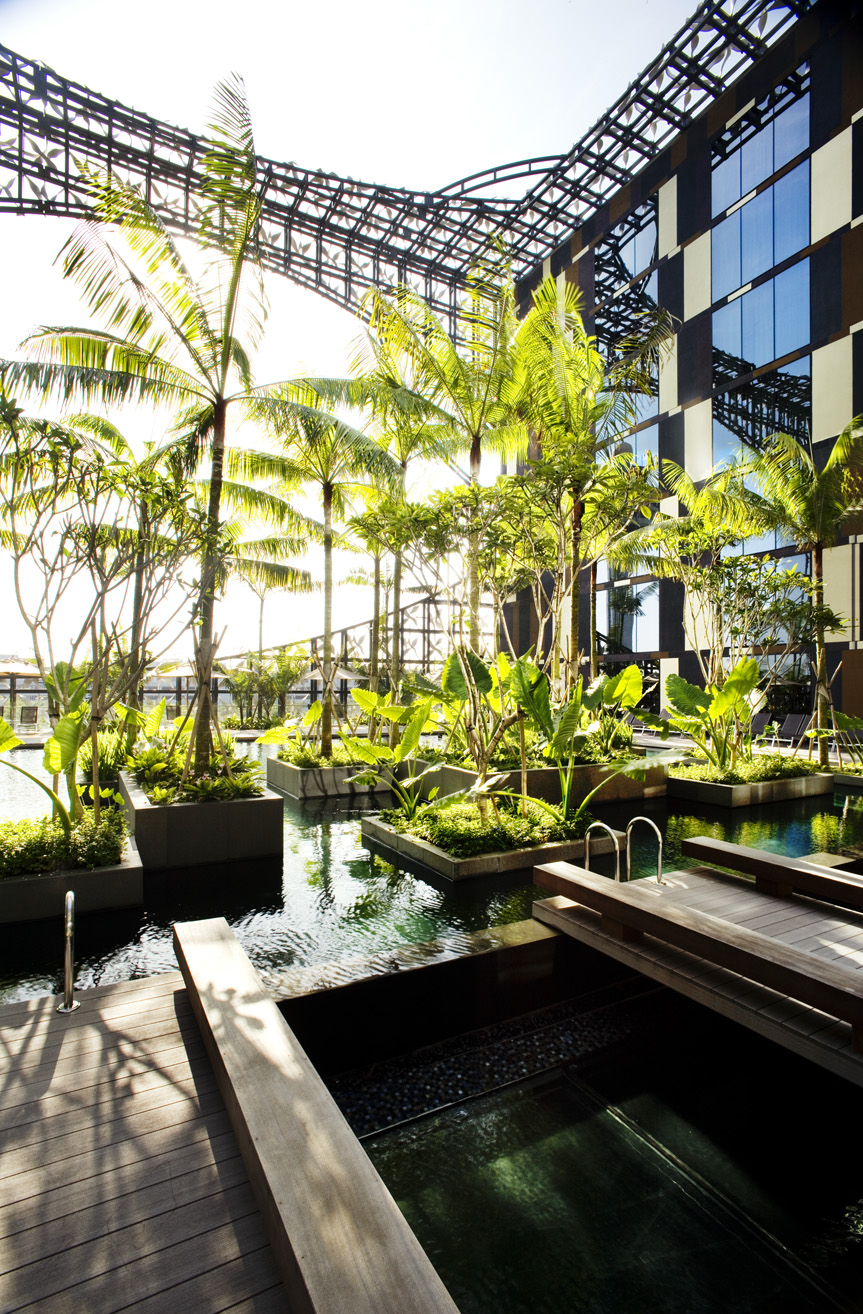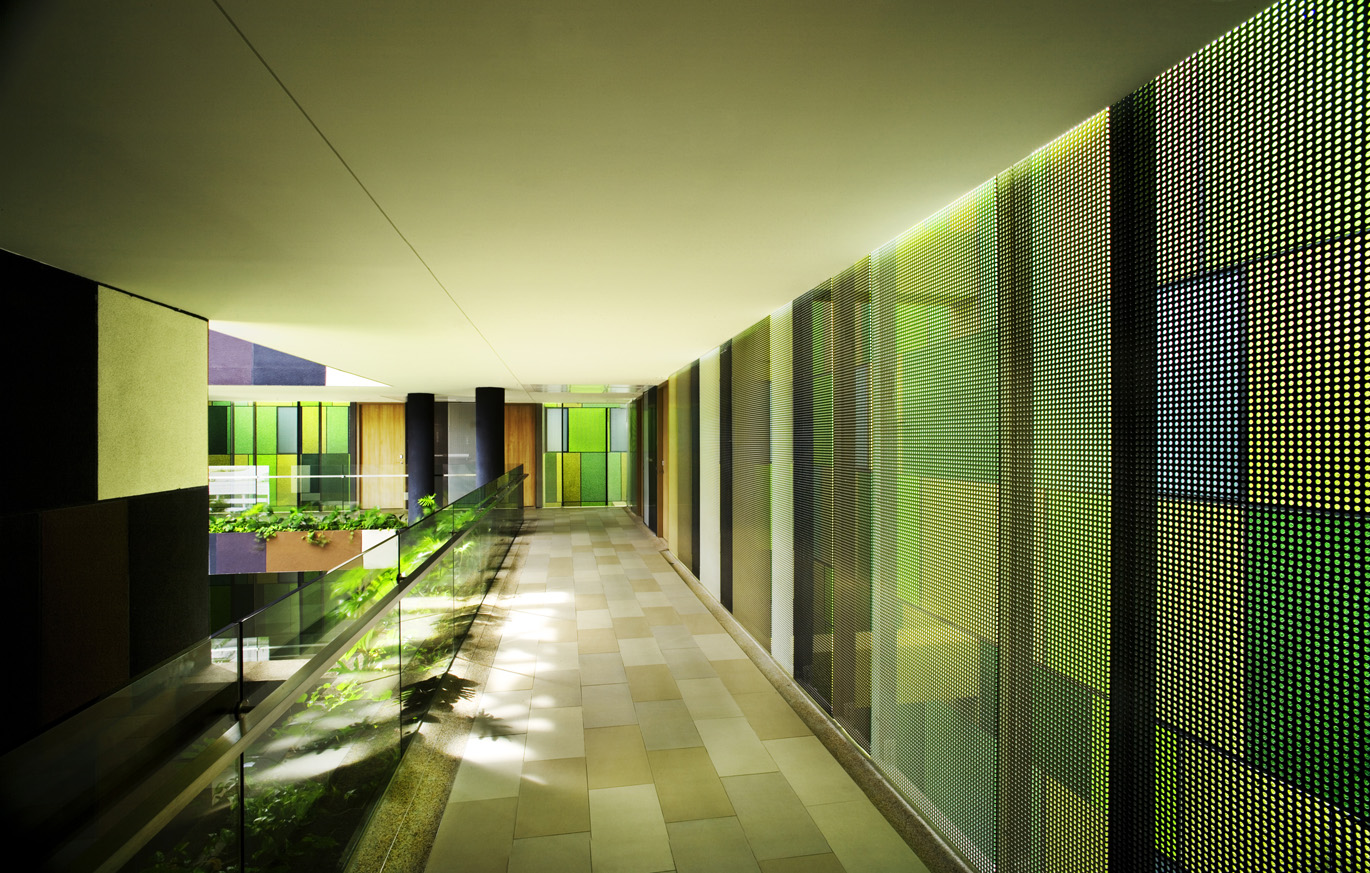The Crowne Plaza Hotel Extension at Changi Airport is a glimpse into the not-so-distant future of construction, where work and safety conditions are greatly improved, waste is reduced, efficiency is increased significantly – and a ten-storey hotel structure can be built in 26 days. This project is a prototype of the prefabricated prefinished volumetric construction (PPVC) method and proves that this method is the logical next step in the evolution of construction processes, which have remained largely stagnant for the past decades.
The brief called for an extension building consisting solely of guestrooms and back of house necessities. This modular programme made the Crowne Plaza Extension an ideal project to adopt the PPVC method.
The extension adds 243 rooms to the hotel and complements the design of the existing structure, while possessing its own distinctive identity. Its façade was conceived not just in consideration of aesthetics and performance, but also in response to the requirements specific to the airport context.
The PPVC method nearly cut the manpower required to construct the new extension in half – from 75 workers per day, to 45 workers. It significantly reduced the construction duration – by two thirds – needing an average duration of only 3-4 days per floor, compared to 14-21 days when using conventional construction techniques.
The units were pre-fabricated in Shanghai, and all rooms were fitted with carpeting, tiles and all other fixtures found in hotel rooms, before being shipped to Singapore. On site, the units were stacked like Lego blocks with an average of 10 PPVC modules per day.
The interiors are multi-functional with thoughtful touches and a material palette that ties in with the hotel’s urban resort theme, encapsulating the Singaporean identity – tropical, Asian, multi-cultural and welcoming yet cosmopolitan, efficient, and stylish.

















